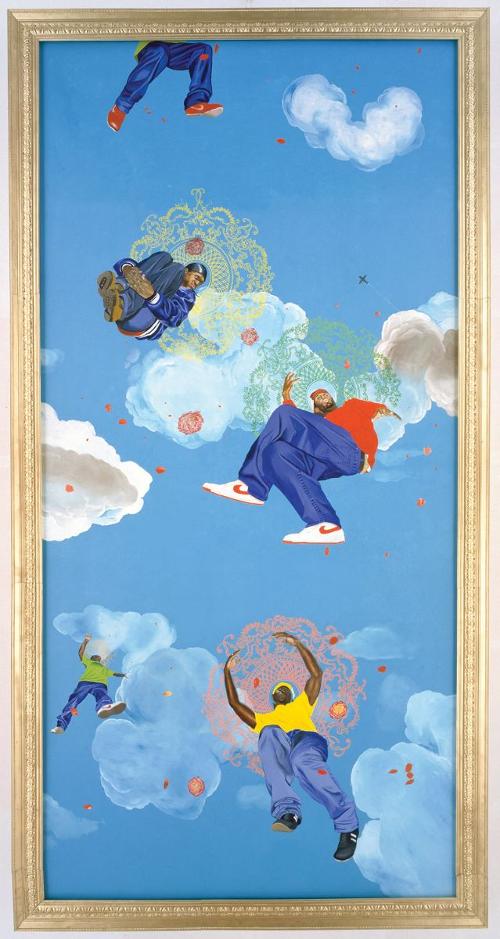.jpg)
Since the opening of MONA in 2011, Tasmania has received much attention for what has been dubbed its 'cultural renaissance' and the flow-on effects of David Walsh’s injection of arts capital into the state’s economy. For those working in the state’s arts industry the ‘renaissance’ tag is welcome, but smaller organisations (read "not MONA") are also feeling the pinch of government cutbacks and demands for programs that adhere to the rhetoric of ‘relevancy’ or, to that troubling criterion of many a grant application, ‘significance’. Such mixed pressures have created a general feeling of strain as lower-funded galleries now face a public whose appetite has been whet on MONA’s international programs.
In this climate, the University of Tasmania’s Plimsoll Gallery in Hobart occupies an interesting position. The gallery operates, as it has done for many years, as a highly regarded institutional space with a nationally focused program and a base for fostering connections between artists, the university and the community. Despite being largely university funded, it too faces pressure to respond to the state’s changing cultural dynamics and to remain ‘relevant’ not only to students, but to an ambitious local community of artists and the public at large. These concerns recently sparked The Plimsoll Inquiry – a critical and exploratory project about the changing role of the gallery and its identity as an institutional platform and an important player in Tasmania’s new artistic economy.
Initiated by graduate student Fiona Lee, and facilitated by a number of staff, students and associates, the Inquiry was a series of events, intentionally experimental in nature, geared towards developing new approaches to the Plimsoll space. Over seven weeks, events ranged from life-drawing workshops with animal models from a nearby sanctuary, to the weekly "Wednesday Night Fiasco" – an open slather event of impromptu performances, discussion and cooking; from artists making and exhibiting their work in the gallery and re-configuring its architectural space, to more formalised talks by Wayne Hudson or Masterclasses run by Nikos Papastergiadis and Ross Gibson. As an open-door and mostly impromptu program, the range of events and contributions is too large to list here, but it amounted to turning the Plimsoll into a laboratory of practices and testing grounds for assessing and exploring change. For those who contributed and partook in the activities (and this included myself) it was an emancipatory exercise that allowed the gallery to be literally and conceptually taken apart and tested.
It is difficult to assess the success of the The Plimsoll Inquiry in a conventional sense as it really marks the beginning of a process rather than an end. The project is certainly a breath of fresh air in debates about higher education and the fine arts, moving on from questions of the suitability of research as a model for art practice and asking how university spaces can support new hybrids of research and practice. Its strengths lie in harnessing a critical moment in both the histories of the gallery and Tasmanian arts, and taking on the task of re-assessing the gallery’s many boundaries of operation. Shifting the gallery dynamics from an exhibition space to an experimental one is a brave and provocative move that at times proved disarming for some visitors, but ultimately generated a sense of inclusiveness, particularly at the level of participation. Undergrad and postgrad students mingled with staff and members of the broader artistic community in a humble but energised atmosphere focused on creating new encounters and re-setting the parameters of exchange. Its greatest strength perhaps lies in the provision of time and space to explore these shifts through creative practice and discussion.
As with any inquiry, the success of The Plimsoll Inquiry will ultimately lie in its capacity to respond to its findings in ways that support the gallery’s purposes and needs. This is perhaps less a question about how to compete with MONA, and more one of identifying its point of difference and its existing strengths. The inquiry certainly raised a lot of questions about the value and identity of the Plimsoll Gallery, and its collaborators now face the task of responding to these questions through programming and tapping into the wealth of experience and enthusiasm of staff and students to engage an awaiting public.












